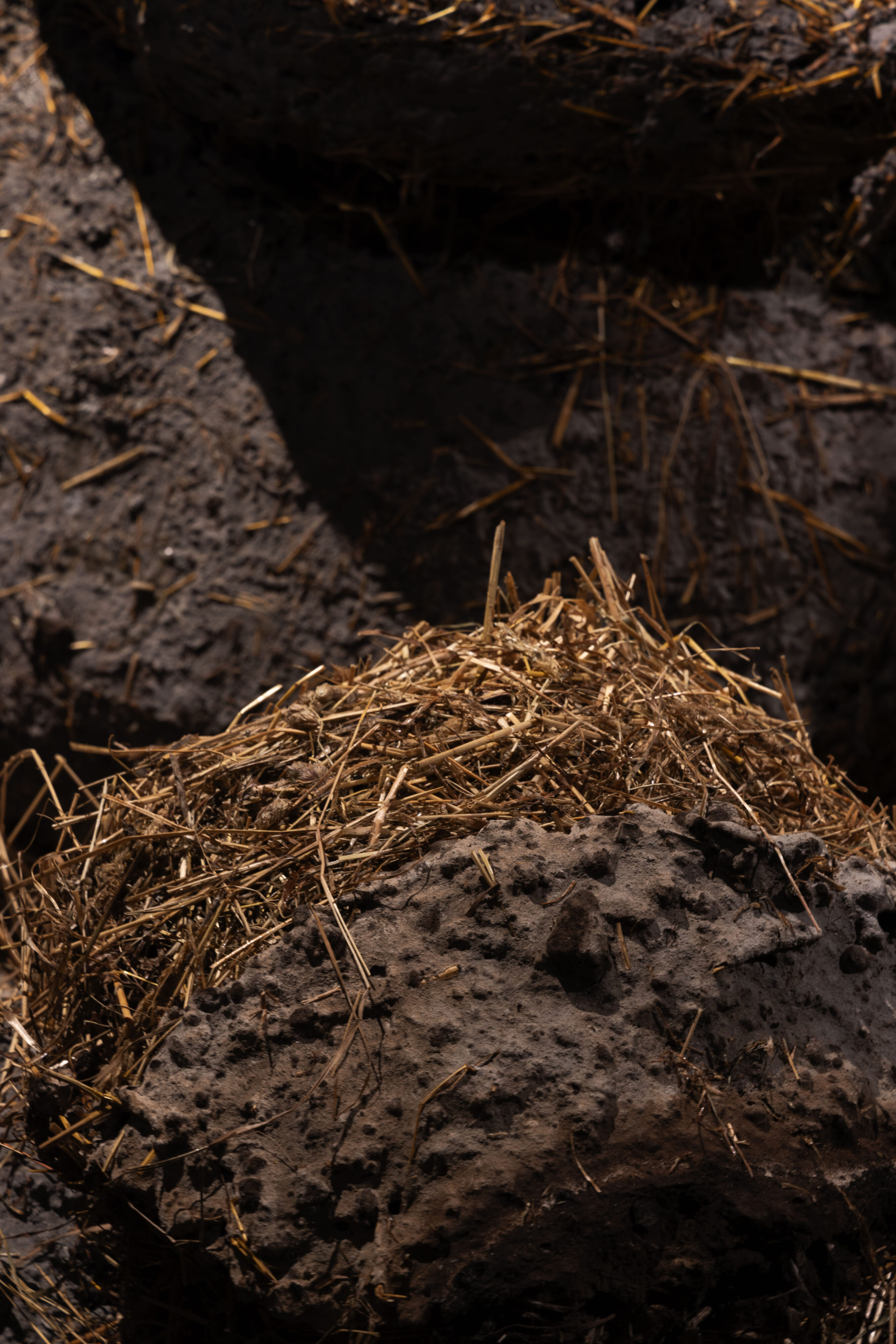Augustas Serapinas. Baltic Adventure
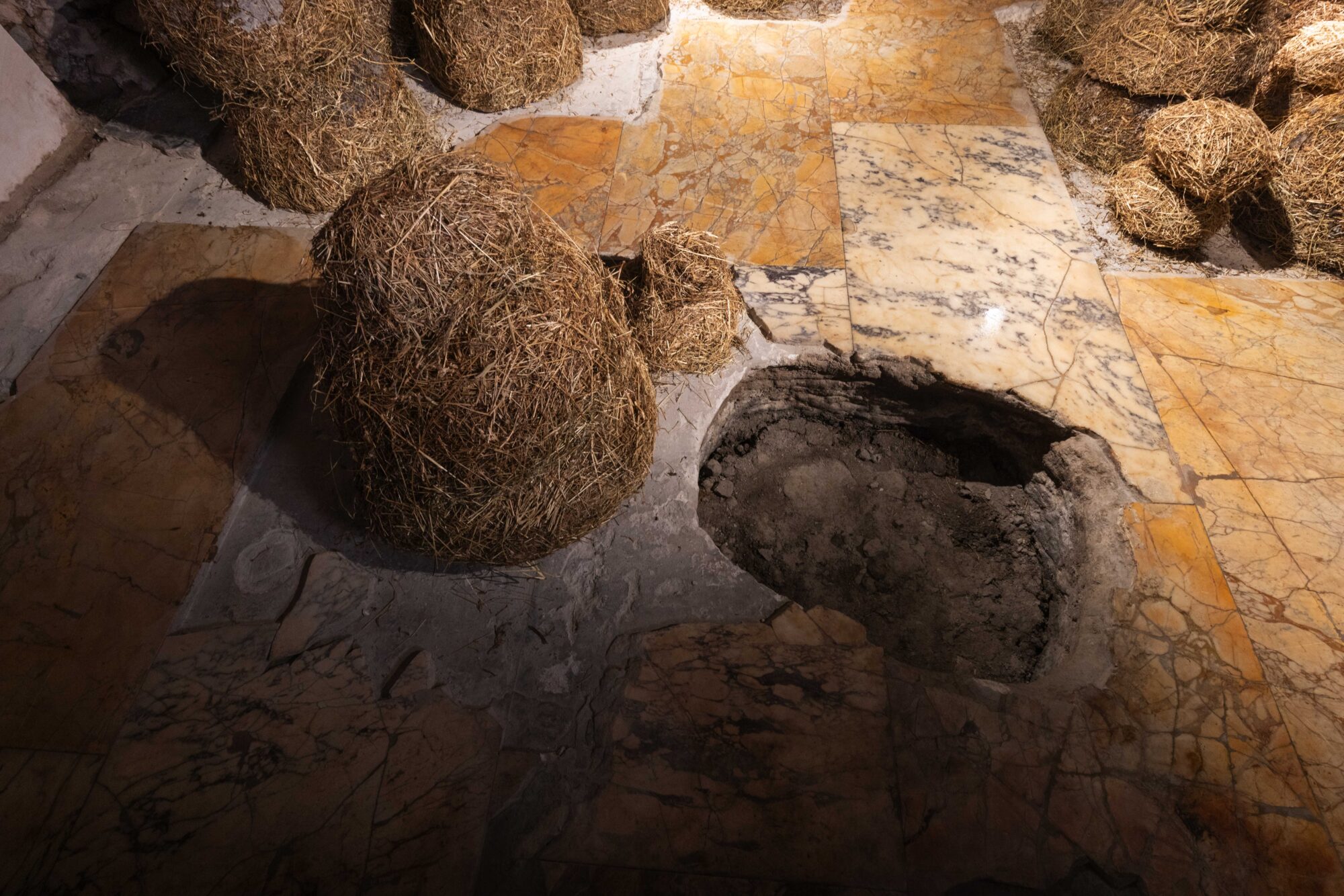 On a balmy morning, I attended the opening of Augustas Serapinas’ solo exhibition “BALTIC ADVENTURE” at FOROF in Rome, an exhibition that will captivate audiences until June 30, 2024, complemented by a diverse program of cultural and artistic engagements. During this occasion, I had the privilege of engaging in a conversation with the artist. We delved into the intricate connections between the historic space and his contemporary creations, contemplating how art serves as a catalyst for fostering consciousness about our collective past, present, and future.
On a balmy morning, I attended the opening of Augustas Serapinas’ solo exhibition “BALTIC ADVENTURE” at FOROF in Rome, an exhibition that will captivate audiences until June 30, 2024, complemented by a diverse program of cultural and artistic engagements. During this occasion, I had the privilege of engaging in a conversation with the artist. We delved into the intricate connections between the historic space and his contemporary creations, contemplating how art serves as a catalyst for fostering consciousness about our collective past, present, and future.
Martina Alemani: How did you connect your works showcased in this site-specific solo exhibition to the underground spaces of the historic Palazzo Roccagiovine in Rome, an archaeological site of the Basilica Ulpia and a former seat of Roman civil life in the 2nd century A.D.?
Augustas Serapinas: These conditions gave me a specific angle to reveal my work. Mudmen in particular. Originally I was developing an artwork for the second Riga Biennial edition and the plan was to collect the real snowmen made in the city by locals during the winter. But it was unusually warm winter and the snow never came. I needed to change the project because of climate change. The Snowmen became Mudmen. The Mudmen (as usually are snowmen)—were made together with local kids using mud and straw instead of the regular material – snow. I wouldn’t have made this work if it wasn’t for the warm winter—I can’t recall anything similar happening before and fortunately afterwards as well. In this context I see the mud and straw figures as messengers deriving from the Baltic region. The point is that the people residing in the ancient Roman forum were not aware of our future problem. They were gathering to discuss political ideas and solve concerning quarrels. In my installation the possible future meets the past. The snowman-like straw figures inhabit the Forum to warn us. They scroll through the ruins of the past witnessing that it might be our future.
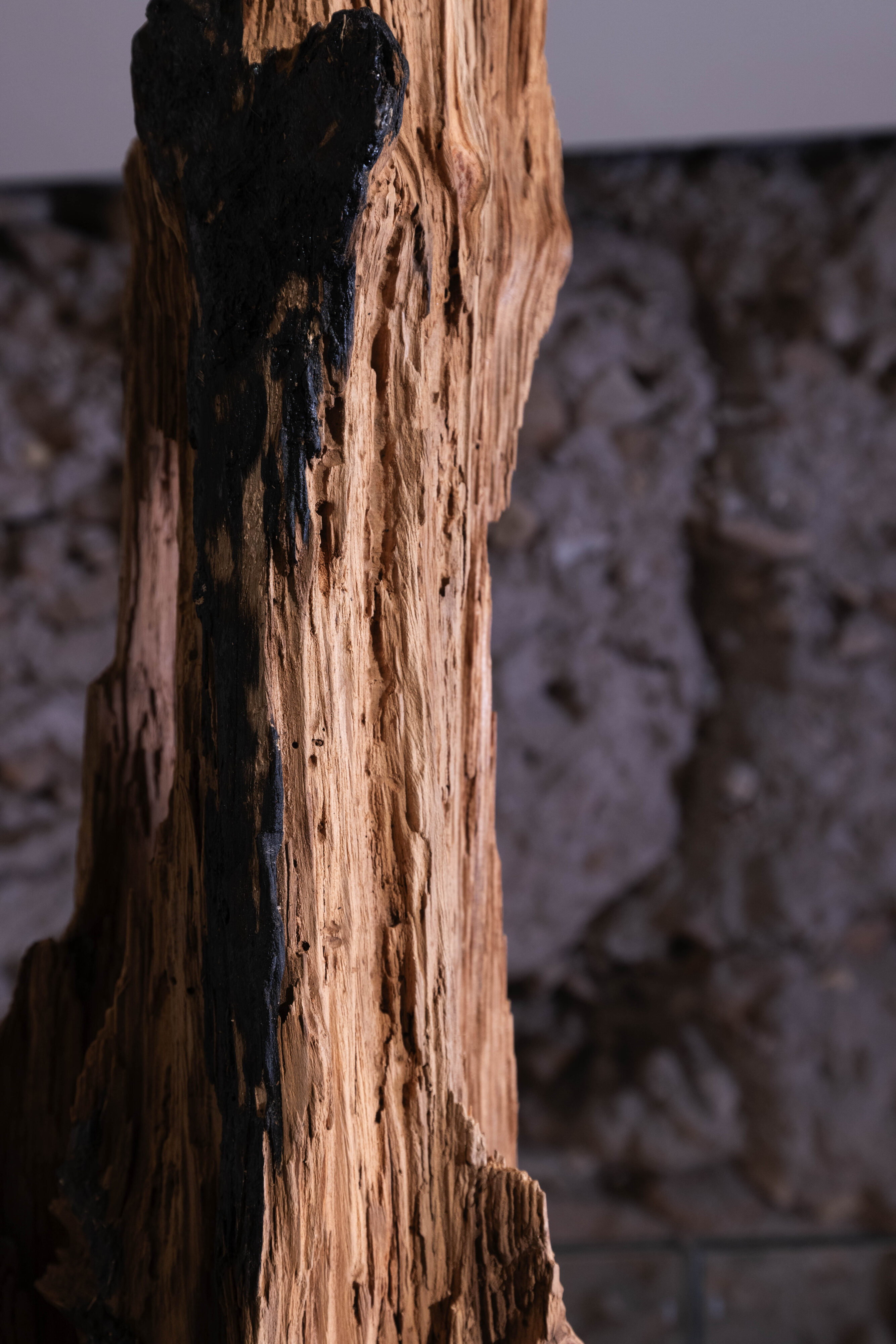 MA: Your series “Mudmen,” featuring snowman-like figures crafted from straw and mud, prompts contemplation on the impacts of climate instability. How do you envision the role of art in inspiring individuals to act as conscientious citizens, especially in the face of pressing environmental concerns?
MA: Your series “Mudmen,” featuring snowman-like figures crafted from straw and mud, prompts contemplation on the impacts of climate instability. How do you envision the role of art in inspiring individuals to act as conscientious citizens, especially in the face of pressing environmental concerns?
AS: Unfortunately art is limited as it is usually bound to a limited number of people who are interested in it. Nevertheless if one can see art—it has a great capacity to affect us deeply. I see art works as an agent in educating and raising questions. It is a mirror of what is going on right now. The more often we look at the mirror the better it is. It can be a precise and powerful voice which comes in quality, not in quantity.
 MA: The artisanal dimension and your connection with nature also emerge as recurring themes in your work. On December 5th, during the workshop titled “Mudballs: Hands-on Experience with Augustas Serapinas,” curated by Ilaria Gianni, these aspects will be further explored. Could you elaborate on the significance of these themes in your artistic practice?
MA: The artisanal dimension and your connection with nature also emerge as recurring themes in your work. On December 5th, during the workshop titled “Mudballs: Hands-on Experience with Augustas Serapinas,” curated by Ilaria Gianni, these aspects will be further explored. Could you elaborate on the significance of these themes in your artistic practice?
AS: These days the word artisanal became very commercialized as there is a big market for objects and services pretending and feeding from uniqueness, individuality and attention. I would skip ‘artisanal’ and call it a ‘skill’. Skill is an immaterial knowledge that can be utilised in creating material things. One can often encounter that material expression of skill. For example, a wooden shingled roof is a beautiful manifestation of craftsmanship. However it’s not easy to realise it as these wooden houses in Lithuania often get overlooked. Shouldn’t we preserve them? In that case, would the following make sense: collecting all these wooden houses with shingled roofs, placing it somewhere in new piece of land, without people it was build for, without the lifestyle it was meant for, without the landscape it was inhabiting before? This where skill becomes important. Building new wooden houses is an opportunity to embed the traditional into the new situational context. I find it more interesting to see contemporary applications of wooden shingled roofs rather then a collection and preservation of ‘original’.
I understand the word ‘nature’ as an environment. My relationship with nature comes from my interest in human made objects such as rural houses, gardens or even snowmen. I tend to relocate these objects from an original place to a different context because I see the them as ambassadors of the environment they are coming from. Houses get some imprints from the appearing surroundings. For me the nature is an initial space as the molding form for casting our everyday objects and life situations.
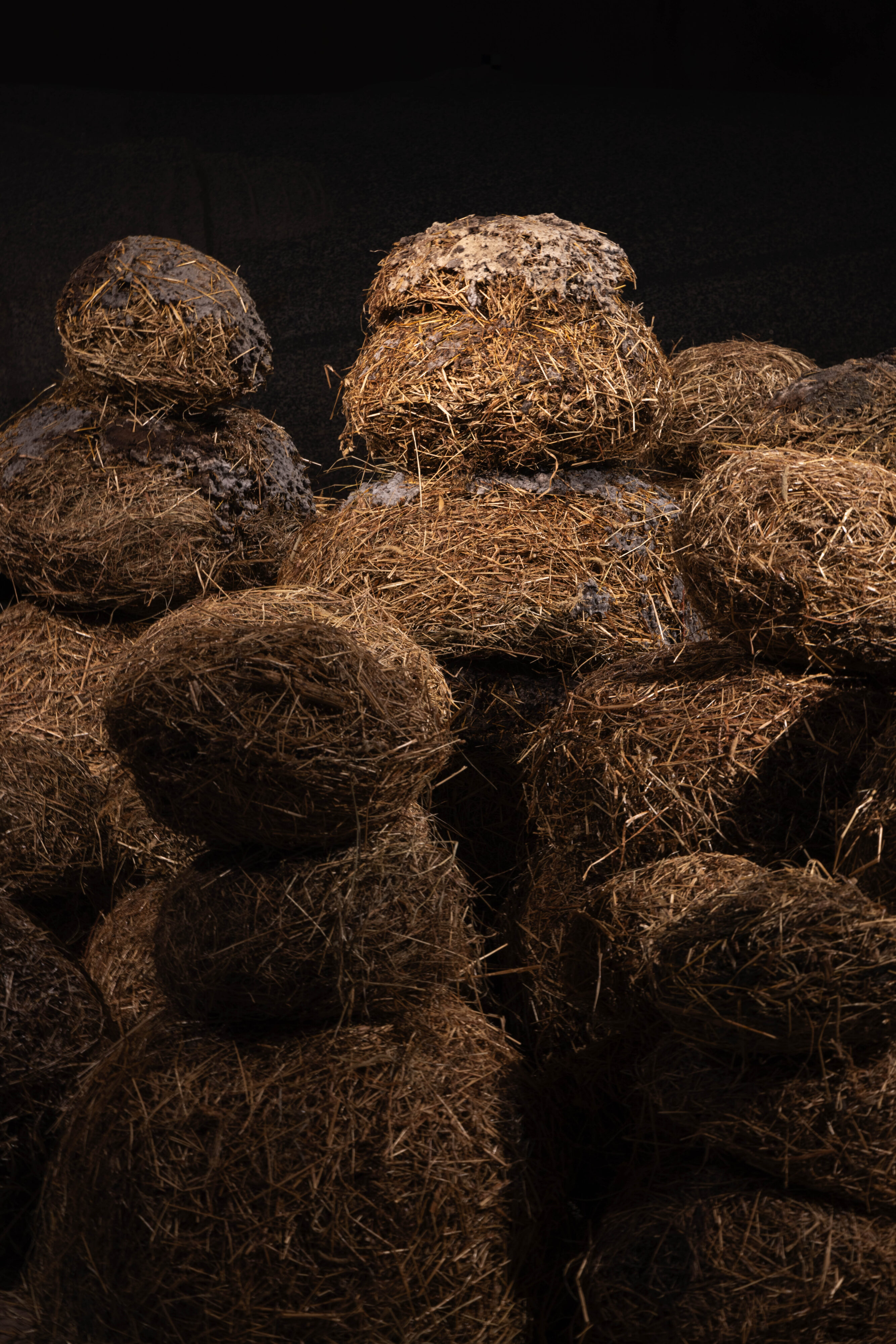 MA: How did the dialogue with Giovanna Caruso Fendi, founder of the FOROF project, come about?
MA: How did the dialogue with Giovanna Caruso Fendi, founder of the FOROF project, come about?
AS: Giovanna is a genuine person with a clear vision and passionate soul. It was unique to see her change after we went downstairs to Basilica Ulpia site. Suddenly I realized that part of her personality is always there in the ancient roman forum. They are connected. I could feel how important is the Basilica Ulpia for her and after a while she made me feel it the same way. Despite such importance Giovanna gave me a carte blanche. I feel honored and thankful for this trust. We had a great exchange, I learned something new about the space as a phenomenon. I am very grateful to Giovanna and the whole FOROF team for such a warm and pleasant collaboration. Also I am thankful to Ilaria Gianni, the curator of the exhibition, who was always ready to guide me with her insights.
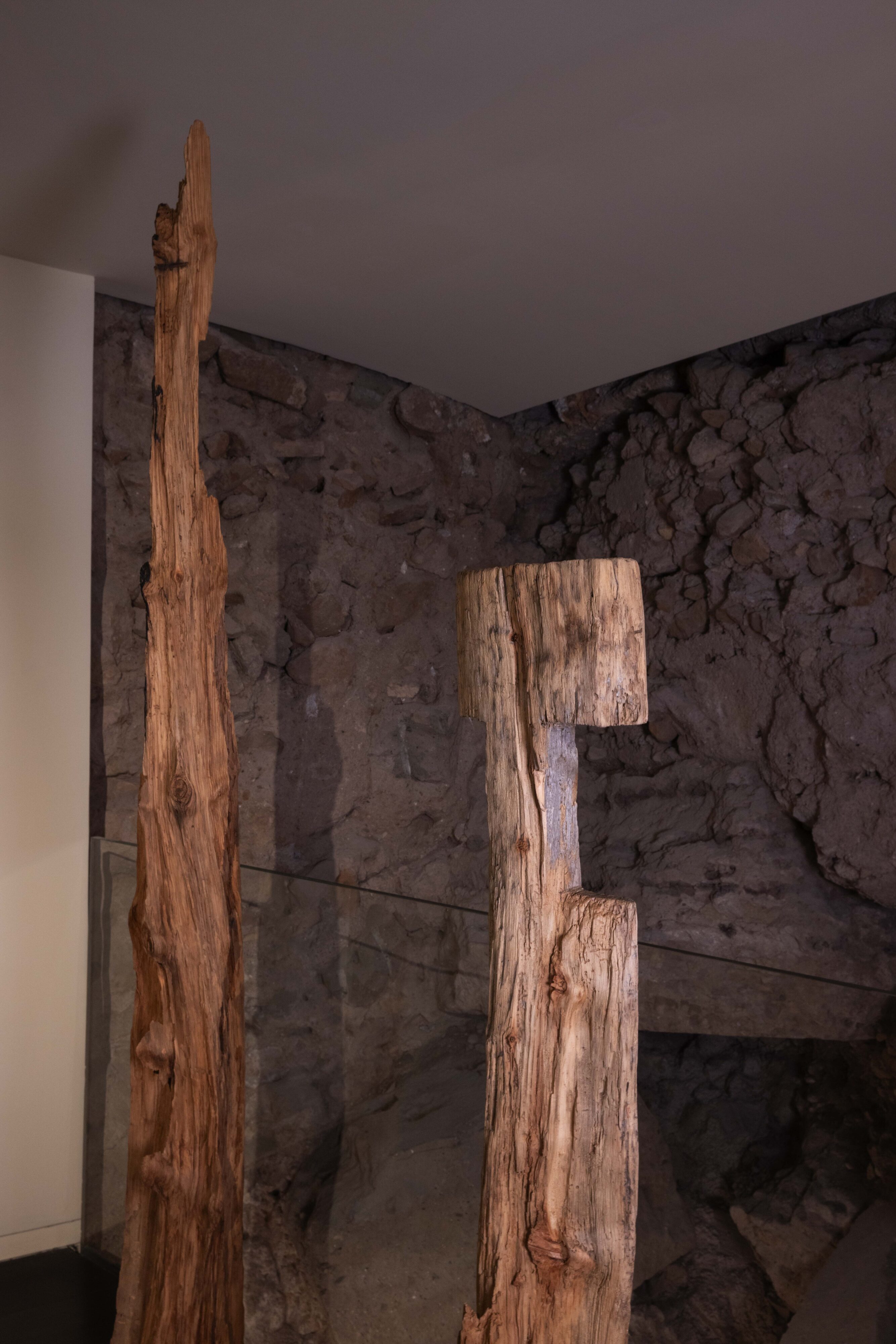 MA: The exhibition features additional works, including the ruins of wooden houses from the Baltic countries—a theme reflected in the exhibition title. Additionally, there are glass windows from an old Lithuanian wooden house, fused with pigment in a process you crafted yourself, almost like an alchemical endeavor. Could you share the intended message or significance behind choosing these specific works within the context of the exhibition?
MA: The exhibition features additional works, including the ruins of wooden houses from the Baltic countries—a theme reflected in the exhibition title. Additionally, there are glass windows from an old Lithuanian wooden house, fused with pigment in a process you crafted yourself, almost like an alchemical endeavor. Could you share the intended message or significance behind choosing these specific works within the context of the exhibition?
AS: I mentioned the environment as the molding form. Having that in mind I see a relation between elements of houses and Mudmen as they were both cast by the same environment. These components not directly related in itself yet still represent Baltic Tradition. Mudmen, as snowmen, are built by kids and parents with local materials which were used for centuries. Wooden houses are the homes where these generations of people would live. Showing both of these elements at the exhibition refers to the certain lifestyle of the Baltic region. It is important for me to note the human vitality standing behind the physical objects shown in the exhibition.
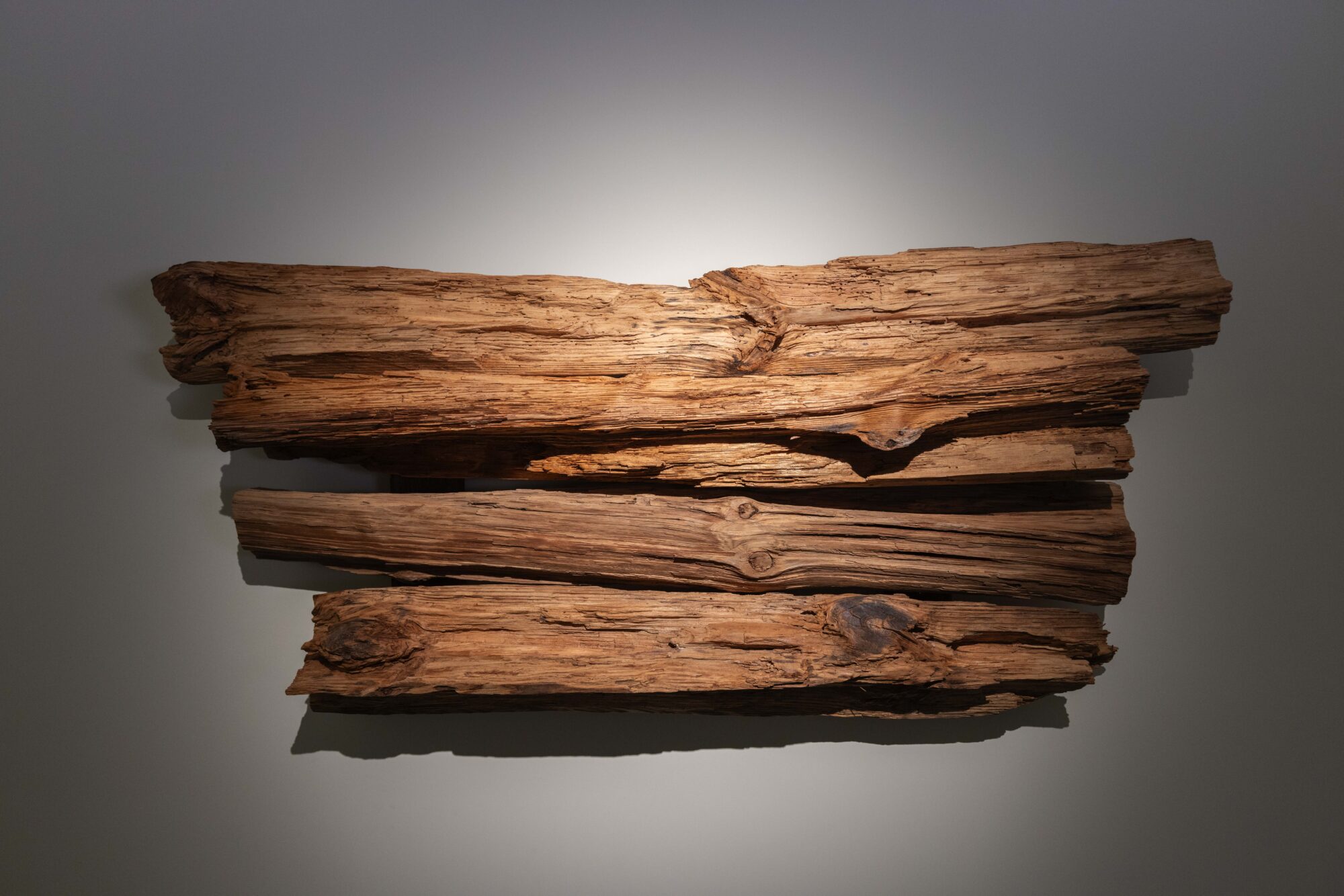
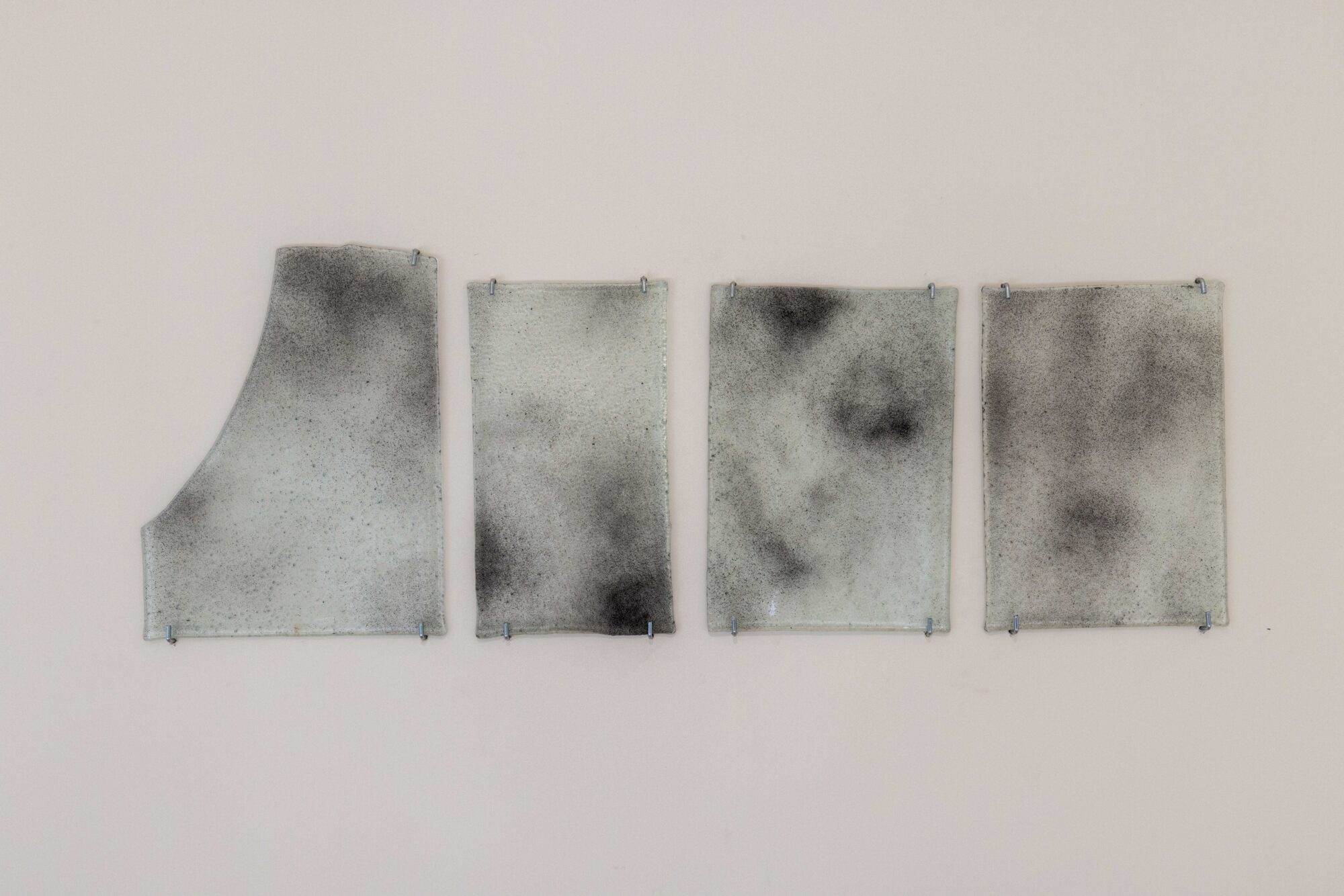 MA: Can you share some of the key inspirations that fuel your artistic practice?
MA: Can you share some of the key inspirations that fuel your artistic practice?
AS: A lot of it comes from observing surroundings. Our space and visual cultures have certain norms, standards and obligations. I am often fascinated how these norms are bent or respond in a non-standard way. For example, there is a yard in one of the neighbourhoods in Vilnius where people from the neighbourhood as well as some visitors from other areas of the city park their cars. In order to keep their parking spots, the locals had built DIY barricades from salvaged wood and metal. We could say it is illegal to build your own structures and put it without permission in a public area. On the other hand, we can try to relate as these people live there and because of certain laws they can’t have the yard gated from the outsider cars. They do something illegal that could make sense. I find it inspiring – the barricades are a manifestation of creativity which comes out of need.
MA: Any insights or glimpses into the future developments of your artistic endeavors?
AS: I always try something new even while working on the same body of work. For instance, my first and last pieces related to wooden vernacular architecture are quite different. It was a journey, step by step. I will continue developing already existing bodies of works as well as scouting possibilities for new works.
